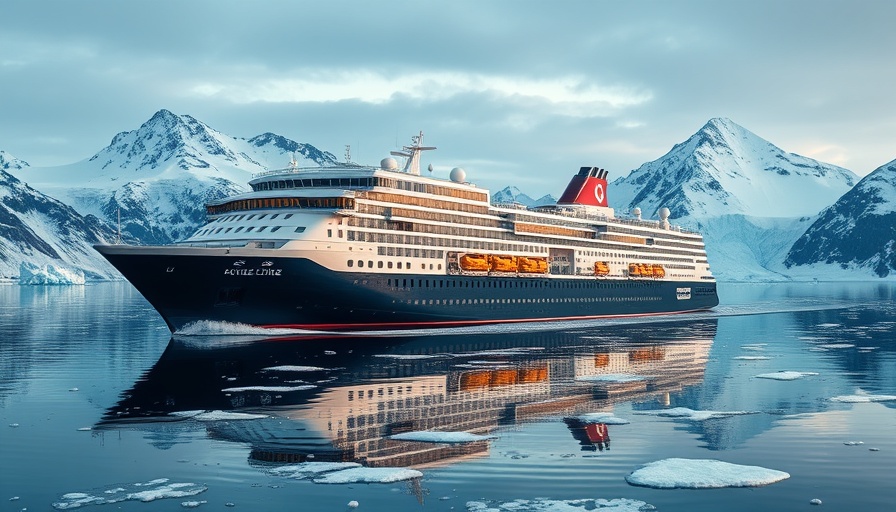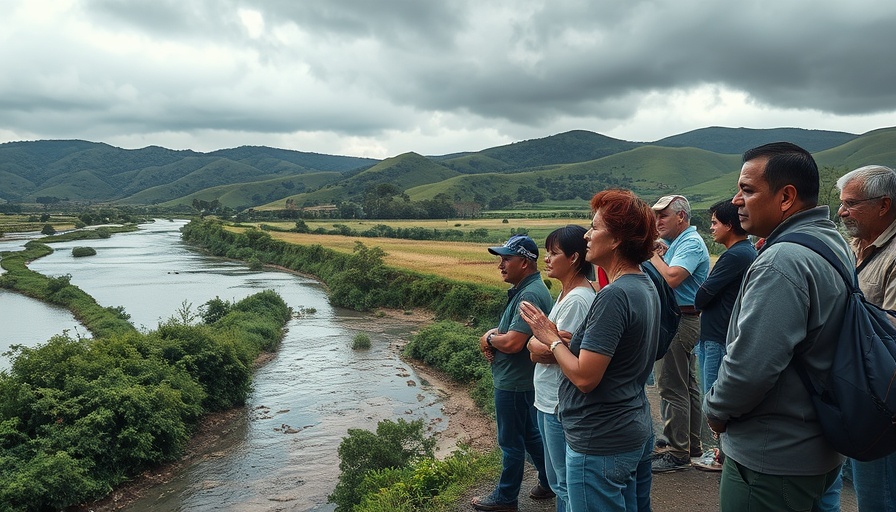
Vanishing Act: The Disappearance of a Cruise Passenger
The picturesque landscapes of Juneau, Alaska, have turned into a scene of concern as a 62-year-old woman from Kentucky went missing after embarking on a hiking adventure during her cruise vacation. The incident, which stains the typically serene ambiance of summer vacations, underscores the risks that lurk in remote and vast wilderness areas that attract thousands of tourists eager to explore nature.
Understanding the Risks of Hiking During a Cruise
Many cruise passengers view hiking excursions as a chance to enjoy the raw beauty of places like Juneau, but they might underestimate the challenges such adventures present. While hiking seems like a harmless option amid stunning backdrops, it becomes critical to understand the terrain, weather conditions, and the need for safety measures. With Juneau's rugged landscapes posing unique challenges, the missing woman’s case is a stark reminder for others contemplating similar outings.
Local Search and Rescue Efforts
The early reports indicated that the U.S. Coast Guard has initiated search operations, highlighting the urgency of finding the woman. Search and rescue teams are seasoned in locating missing persons in tough landscapes, yet the vastness of the terrain makes successful outcomes difficult, raising questions about the preparedness of tourists venturing into the wild. The rescue operations not only involve extensive manpower but also specialized equipment and technology, illustrating the complex nature of search missions.
The Emotional Impact on Families
The disappearance of a loved one during what should have been a fun vacation invariably creates emotional turmoil for the families involved. For the husband of the missing woman, public attention is a double-edged sword: while it may raise awareness in hope of a safe return, it also intensifies the anxiety of a prolonged search. Emotional support from communities and organizations plays a vital role in helping families cope with this distressing period.
Tourism Safety Protocols and Recommendations
In light of the woman’s disappearance, tourism stakeholders must reflect on safety protocols in place for excursions. Many cruise lines offer waivers that sketch the risks involved in outdoor activities, yet few emphasize the necessity of staying within designated areas or the importance of traveling in groups. Enhancing awareness through education, providing guided hikes, and stricter regulations on excursions can foster safer experiences for tourists.
What Hikers Should Know Before Venturing Out
As we eagerly plan our next hiking trips, understanding the territory helps mitigate risks. Packing essential items—maps, GPS devices, proper clothing, and a first aid kit—can be lifesaving. Moreover, notifying someone about your hiking route and expected return time is a simple yet effective precaution. Adventure should not come at the cost of safety.
Community Vigilance and Involvement
The case also speaks to the larger narrative of community vigilance in tourist areas. Local residents often have invaluable knowledge about trails and conditions that can aid both tourists and rescue teams. Fostering a partnership between tourists and locals can lead to enhanced safety and enjoyment while exploring the great outdoors.
The disappearance of the Kentucky woman serves as an unsettling reminder of the unpredictable nature of adventure travel. While it could happen to anyone, awareness and proactive measures can enhance safety for everyone participating in such activities. As search efforts continue, our thoughts remain with the family and friends affected by this unfortunate situation, and we hope for a safe resolution to their ordeal.
 Add Row
Add Row  Add
Add 




 Add Row
Add Row  Add
Add 

Write A Comment